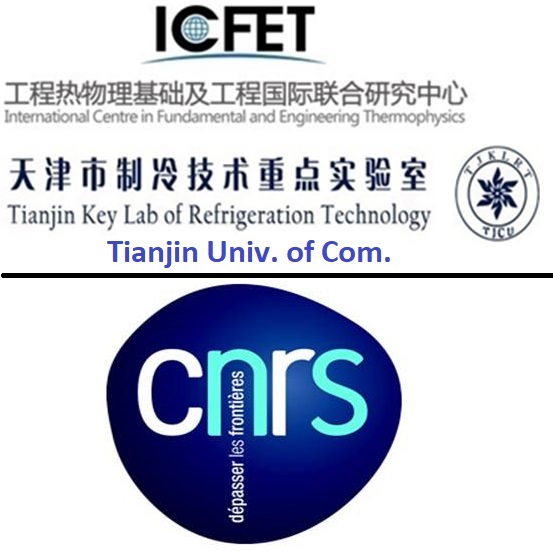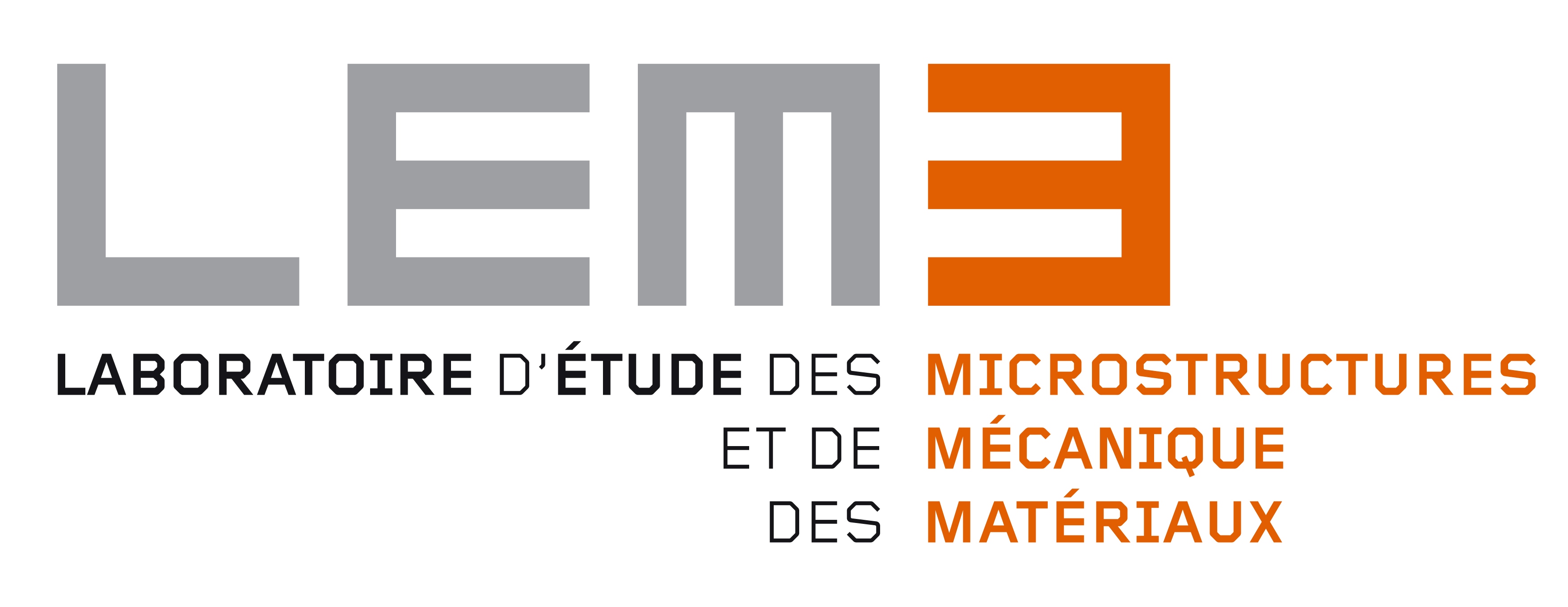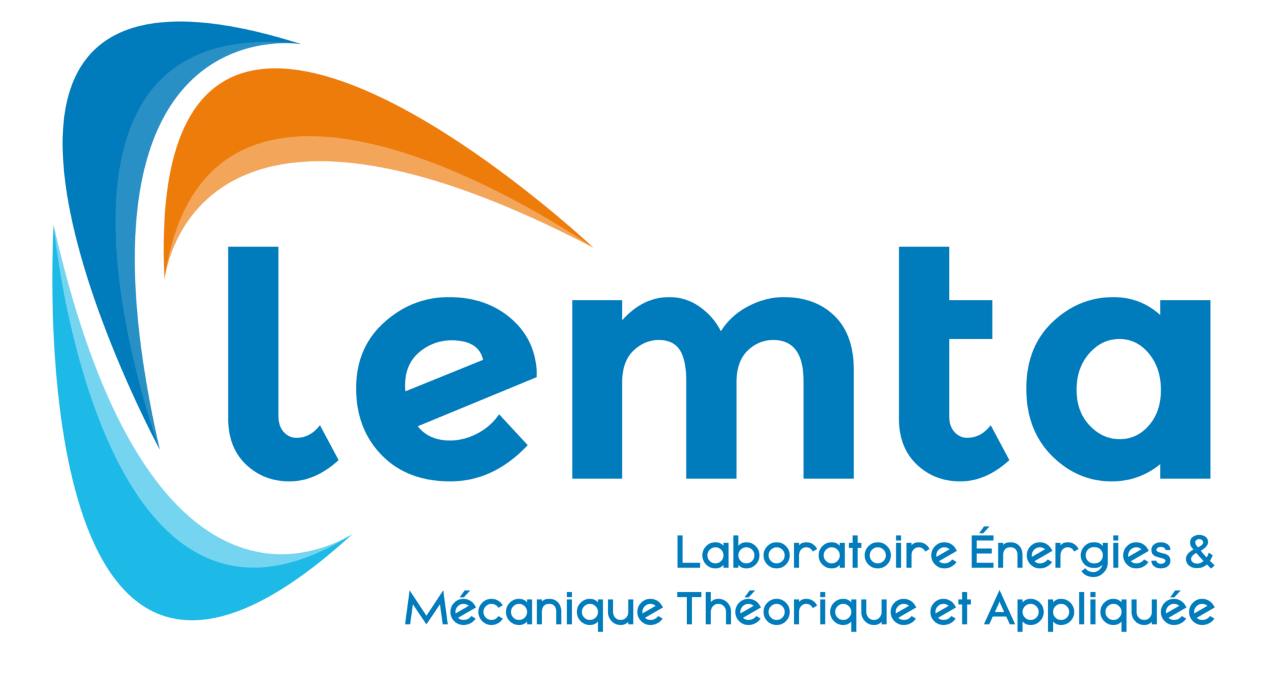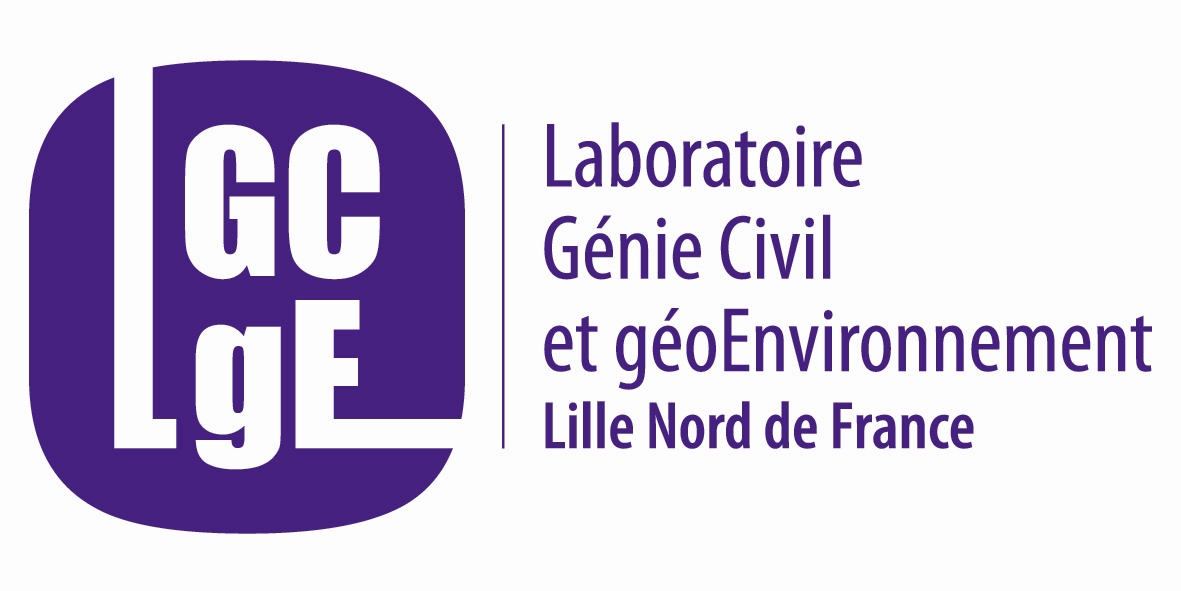Pr. Sanjeev CHANDRA
Centre for Advanced Coating Technologies, Toronto University, Canada.
Thermal spray is a process in which a coating material (metal, ceramic or polymer) is melted in a high velocity gas jet and sprayed onto a surface. It is widely used to apply protective coatings but can also be used an additive manufacturing technique to make devices for thermal management including heat exchangers, heat sinks, cold plates and heat pipes. Compact, high efficiency heat exchangers were made by spraying metal skins on the exterior surfaces of metal foams that have a large internal surface area for heat transfer. Composite heat sinks were made by spraying thin metal layers on polymer scaffoldings, producing lightweight devices that use only a minimal amount of metal where required. Heat pipes were made by spraying porous metal layers that acted as wicks for capillary transport of liquids. Spraying allows coatings to be applied rapidly over a large area, making it feasible to make thermal management devices that are very large in extent.
Pr. Sanjeev CHANDRA : Professor in the Department of Mechanical and Industrial Engineering at the University of Toronto, which he joined after receiving his Ph.D. from Cornell University in 1990. Prof. Chandra is known internationally for his research on the dynamics of droplets and sprays and is one of the founders of the Centre for Advanced Coating Technologies at the University of Toronto. His research spans the areas of fluid mechanics, heat transfer and materials science and has also been applied in spray coating, spray cooling, spray painting, ink-jet printing, electronic cooling and waste heat recovery. Prof. Chandra has published over 250 papers in referred journals and international conference proceedings. He has written an undergraduate textbook on thermodynamics and several chapters for books on the subjects of thermal spray coating, heat transfer and sprays. In 2010 he was awarded the The Brockhouse Canada Prize for Interdisciplinary Research, awarded by the Natural Sciences and Engineering Research Council of Canada to recognize outstanding collaborative research. In 2015 he was awarded the Jules Stachiewicz Medal by the Canadian Society for Mechanical Engineering for outstanding contributions to heat transfer.



















